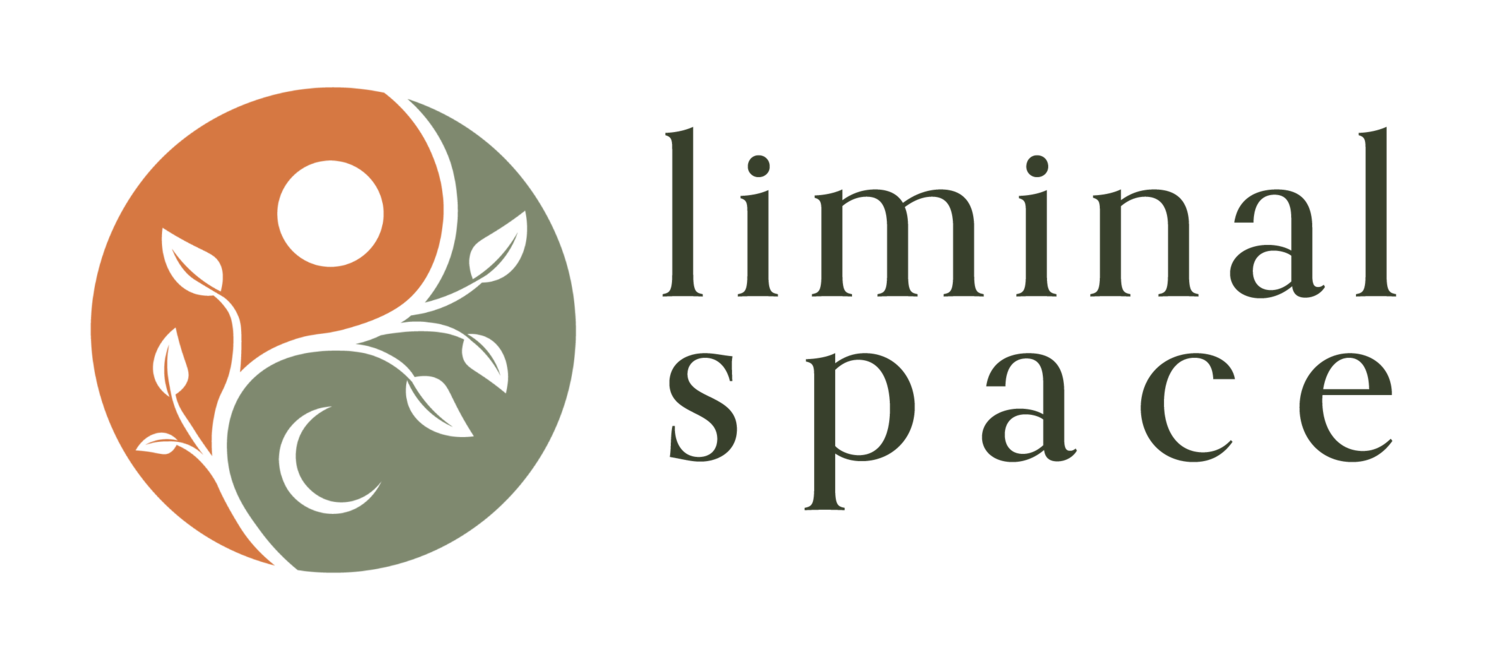Becoming Whole
People often come to me for help in overcoming obstacles they are facing. After spending some time talking about what they perceive to be in the way of obtaining their goal, I always ask the question, “What do you want?” This question seems to provoke a long pause accompanied by a confused expression and an extended period of stuttered and incomplete responses.
We grow up with a lot of ideas about what it is we want in life, but the inability to meet a desired goal, whether it is in relationship, career, personal growth, or otherwise occurs because there is some sort of internal dissonance between what we think we want and what we really want. The belief of what we think we want might be so ingrained in us that it takes some time to sift through to see the truth of what it is we really want. Stepping back even further, in order to begin to answer what it is we want with our life, we have to have some idea of who we are. In order to have any idea of who we are, we have to be willing to see ALL of who we are.
As humans, we spend our entire childhood and young adult life designing who we are. We take notice of the parts of us that others like and we put those parts on stage for all to see. In turn, we make notes of the parts of us that others don’t like and we shove them in a box keeping them safely hidden from anyone’s condemning eye. This is mainly done at an subconscious level, so you may not be aware this has happened, but there is not one human on this planet that does not do this to one degree or another.
The parts of us on stage are the good parts: the funny, pretty, charming and successful parts. Hidden in the box are the dark, shadowy parts: the self-absorbed, lying, moody, and selfish parts. It is the sum of all of those parts – the dark and light – that make up the whole of who we are. Until we are willing to open up that box, examine the pieces we have placed in there and claim them as our own, we will not be whole.
This may sound a little scary, after all who wants to admit they have shamefully hidden parts? But the power and the freedom that we gain by facing these parts is beyond measure. Imagine having the ability to relinquish anger and resentment toward another, or not feel the sting of shame or embarrassment; what about giving up concern of another’s opinion, or wouldn’t it be great to feel relaxed and self-assured overall? We open ourselves to freedom from these binding thoughts and behaviors when we take a look at all of our fragmented parts and allow them to exist within us.
For example, when receiving constructive criticism, I was never able to see it as constructive, only as criticism, so I would become very defensive. Although I still don’t enjoy hearing ways in which I am imperfect I am much more open to accepting others suggestions, because I am already aware of the parts of me that are not the most desirable. I have already identified and owned up to them, so I do not need to feel blindsided and defensive when others point them out. Once we are able to see the truth it becomes easier to answer the questions, “Who am I?” and “What do I want?” which, in turn, allow us to get out of our own way, so we may accomplish the things in life that we want to accomplish.
So how do you begin? Having a third party to work with is key. It is too easy to fool ourselves with our stories when doing the work alone. To support this process, Liminal Space is offering a series of workshops titled Becoming Whole designed around identifying what our disowned parts are, how we project them on to others, and ways to integrate them into wholeness. If you are interested in a more personalized approach I also offer individual coaching.
Be Well,
Catherine
Feel free to comment and share your experiences -we love to hear them. If you would like to be alerted of the most recent blog posts please register here, or “Like” our Facebook page at www.Facebook.com/LiminalSpaceCoach. Please support the evolution of those around you by sharing Liminal Space with other forward thinking individuals.

